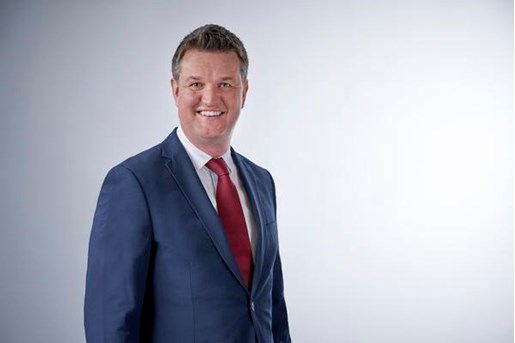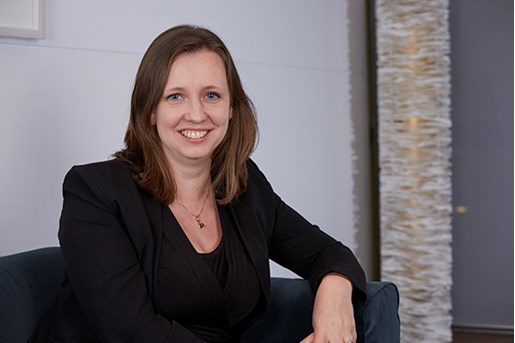1 October 2020 is an important milestone in the transition away from LIBOR. This article examines what the Q3 deadline means for funders and the documentary methods we've seen for loan agreements to support compliance.
WHAT IS THE Q3 DEADLINE AND WHAT DOES THIS MEAN?
From 1 October 2020, the Working Group on Sterling Risk-Free Reference Rates (WG) has recommended that funders:
- include clear contractual arrangements in debt documentation to switch the LIBOR rate to a "risk-free" reference rate ahead of LIBOR being discontinued the end of 2021; and
- be in a position to offer non-LIBOR linked products.
LIBOR is still being used in the majority of new debt documentation, however there is an increased focus on ensuring there are more robust mechanisms in place to either:
- automatically switch from LIBOR to a "risk-free" reference rate (such as SONIA); or
- set out a clear process for agreeing a new rate in place of LIBOR,
in each case ahead of the end of 2021.
We are working with funders who are launching non-LIBOR linked products ahead of the next milestone in the WG's timeline – namely that LIBOR-linked products should cease to be issued after the end of Q1 2021. SONIA is the WG's recommended alternative to LIBOR for sterling and our team have, over the past few months, completed several of the earliest "day one" SONIA linked facilities in UK. However, the methodology for calculating an interest rate based on SONIA has not been settled in the market. We are also seeing products based on other "risk-free" reference rates being used, including Bank of England base rate.
DOCUMENTARY OPTIONS
A) Including a mechanism for renegotiation
How does this work?
LIBOR continues to be used for now but the documentation includes a set date requiring the parties to enter into negotiations to agree a new rate (giving sufficient time ahead of the end of 2021).
The Loan Market Association (LMA) published additional "Replacement Screen Rate" drafting on 24 August 2020 which is designed to achieve this mechanic. To date this remains the most common option used.
Considerations when using this option
This is a simple solution and requires minimal amendment to existing provisions so is quick and easy to implement at the present time, particularly while the market is still settling. We are seeing this approach being used on a number of current transactions, in some cases in conjunction with SONIA fallbacks in the market disruption clauses in the documentation. However, it doesn't give borrowers or lenders certainty, as the parties still do not know what rate they will be switching to. This means that the documentation will need to be amended or supplemented to deal with a rate switch ahead of the end of 2021.
Including headline terms alongside this could give more certainty than simply including a trigger point for renegotiation (for example, if SONIA is to be used as the new rate, it allows the methodology for calculating interest based on SONIA to be settled from the outset). It would however still mean the documentation is likely to need to be amended or supplemented to document the change and, in order to use this option, the parties are likely to need to know the fundamentals of what they expect the new reference rate to look like.
B) Including full drafting for the new reference rate to be used
How does this work?
This could be achieved in one of two ways (depending on whether LIBOR is still to be used until the end of 2021):
- full drafting is included in the debt documentation for both LIBOR and the new "risk-free" reference rate, with a mechanism for the rate to automatically switch from LIBOR at an agreed time; or
- the new loans or other debt products are documented solely using a "risk-free" reference rate, such as SONIA, from day one.
On 11 September 2020 the LMA published a rate switch exposure draft facility agreement, setting out an example of how the first option could be documented. This new exposure draft includes a reference rate schedule, allowing the parties to amend aspects of the rate calculation to allow for future shifts in calculation methodology without having to make changes to the rest of the facility agreement.
Considerations when using this option
This removes the need for renegotiation (or amendments) in the future and gives the parties certainty. However, it also requires funders to have settled on their method for calculating the alternative reference rate (and to have the systems in place needed to operate it).
In recent transactions we have acted on, we are seeing this option being used increasingly, particularly for new debt being documented as using SONIA as the reference rate from day one. We are also currently advising on several live transactions which incorporate the rate switch mechanics based on the LMA rate switch exposure drafting. Our experience is, however, that different funders have slightly different methodologies for calculating an interest rate based on SONIA at the present time.
OUR OBSERVATIONS ON THIS IMPORTANT MILESTONE
Funders have had a lot to focus on this year with the Covid-19 pandemic but we are now seeing them focus increasingly on LIBOR transition, looking to utilise the options available to them to meet the Q3 deadline. As funders begin to settle on the "risk-free" reference rate they intend to use going forward and its calculation methodology, we expect to see "risk-free" reference rate funding becoming more prevalent and we expect this to gain significant momentum over the coming weeks.
Whilst its use is steadily increasing, SONIA is not yet being widely used in the market and it cannot be said that there is a "market position" on how SONIA loans should be documented. The LMA exposure drafts are not recommended forms, but intended "to be used to facilitate awareness of some of the issues involved" in documenting loans based on rates such as SONIA. However, the WG's latest recommendation on the methodology to be used when calculating an interest rate based on SONIA, and the publishing of the LMA's most recent exposure draft based on these recommendations, show that progress continues to be made.






